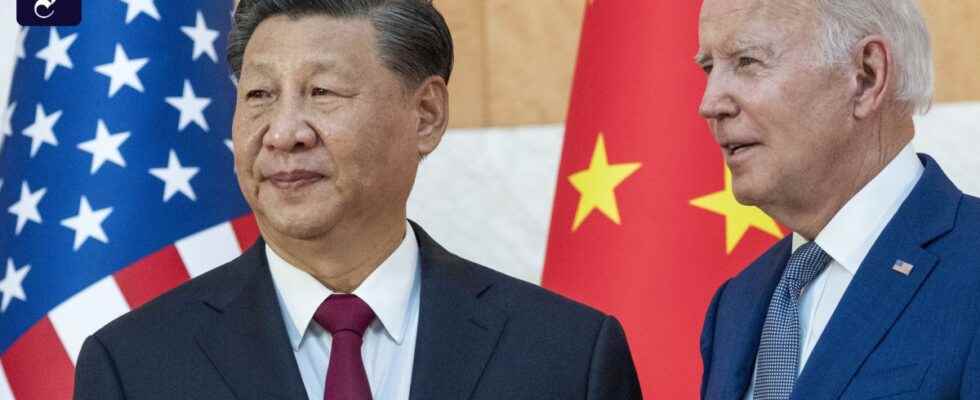NNew bans on the sale of Chinese technology products in the United States demonstrate the US government’s determination to put China in its place when it sees threats to national security. The federal authority FCC banned the sale of telecommunications equipment and surveillance technology from China. It’s the first time the agency has justified a ban with an “unacceptable risk” to national security.
The ban affects ten Chinese companies whose business in the United States was already severely restricted. The better-known companies are telecommunications equipment makers Huawei and ZTE, and Hangzhou Hikvision Digital Technologies. The company supplies surveillance cameras and sophisticated spying technology. The ban also applies to services. This means that older equipment can no longer be serviced by the company. The central motive for the bans is the possibility that sensitive American data about the companies could fall into the hands of the Chinese government agencies. The companies have always denied this. But the fact that Chinese companies are following Beijing’s instructions is hard to deny.
Debate on TikTok ban
The US decision is part of a series of measures taken by the US government to cut off sensitive data and security technology from China. In October, the White House issued export controls for the supply of microchips and highly specialized chip-making machine tools. The products can no longer be sold to China without a license, and Americans and green card holders are no longer allowed to participate in the development and manufacture of microchips for China. Parts of the American government are also working to ban the social network TikTok in the USA. It belongs to the Chinese holding company ByteDance, which would theoretically have access to 86 million users in the United States.
The latest measures are dampening expectations from observers who were anticipating a diplomatic thaw after President Joe Biden and Chinese leader Xi Jinping met two weeks ago. Both heads of government had promised to normalize the relationship even after a longer ice age and to look for common ground, for example in the fight against global warming. The impression after the meeting was that both leaders tried to use more conciliatory rhetoric.
At the same time, Biden not only continued the sanctions policy of his predecessor Donald Trump, he even tightened them with additional export and import controls. Almost all of the import tariffs imposed by Trump are still in force. The Biden government has now received higher proceeds from it than its predecessors. However, some customs duties are due for regular review. The White House apparently considered lowering import tariffs on Chinese goods shortly before the midterm elections in order to curb inflation. But the idea was scrapped again.
The new measures against Huawei and ZTE also build on the preliminary work of the Trump administration. Their businesses had already been severely restricted in the United States, although not outright banned. Huawei had a strong position in rural areas of the United States, which would have had a significantly worse Internet connection without the Chinese supplier. Huawei has not commented on the decision. Hikvision said it thinks the action is wrong. The video technology is harmless, its ban harms many small businesses.
The harsh course against China is one of the few policy areas in which both parties agree. It could also be one of the few areas in which Congress could find drastic laws. In the midterm elections, Republicans won the House of Representatives while Democrats held the Senate majority.
Why the Biden administration is even more anti-China than its predecessors is not entirely clear. There seem to be more concrete insights into China’s expansion plans and at the same time anger at how China has tried to undermine America’s position around the world.
